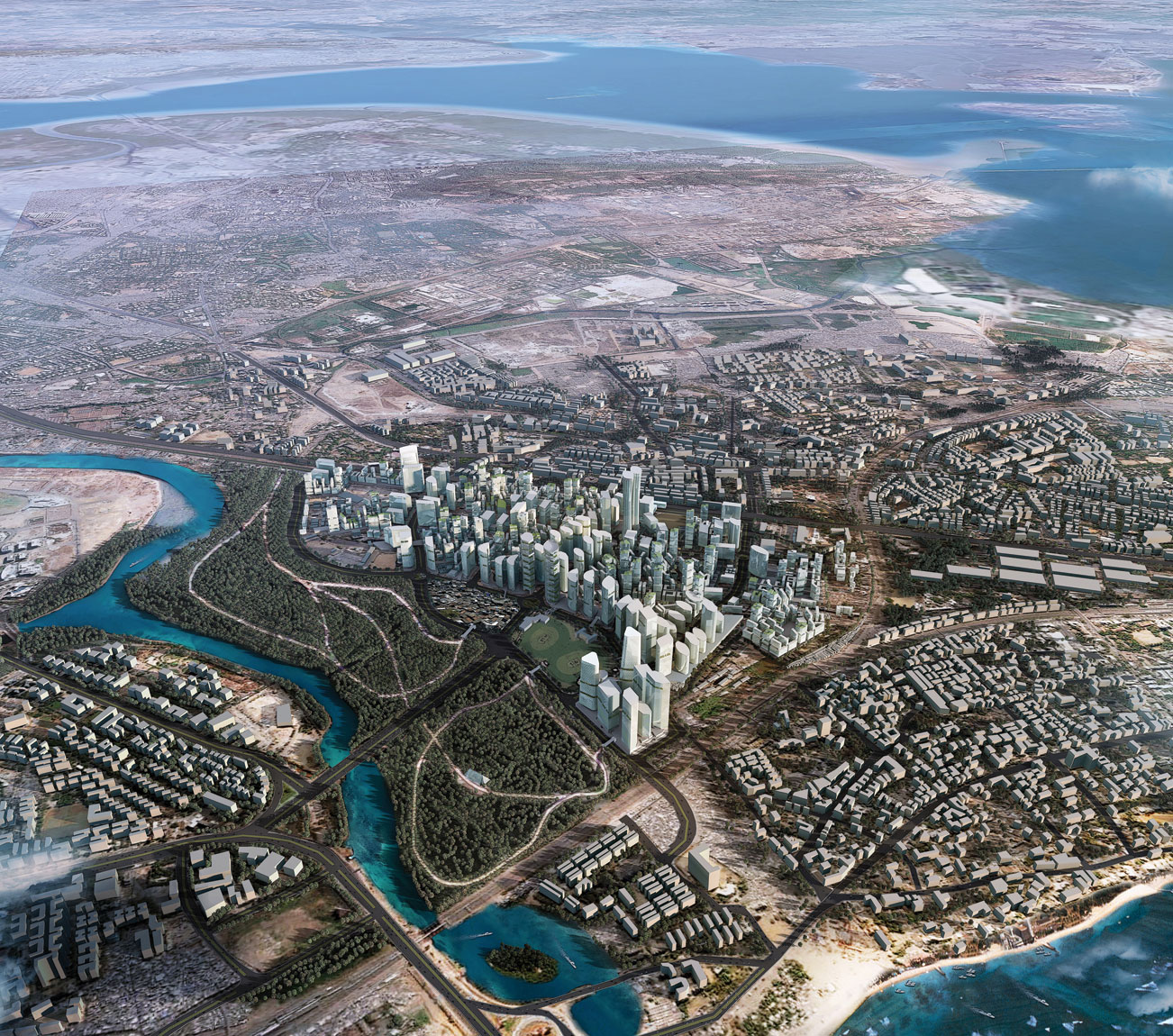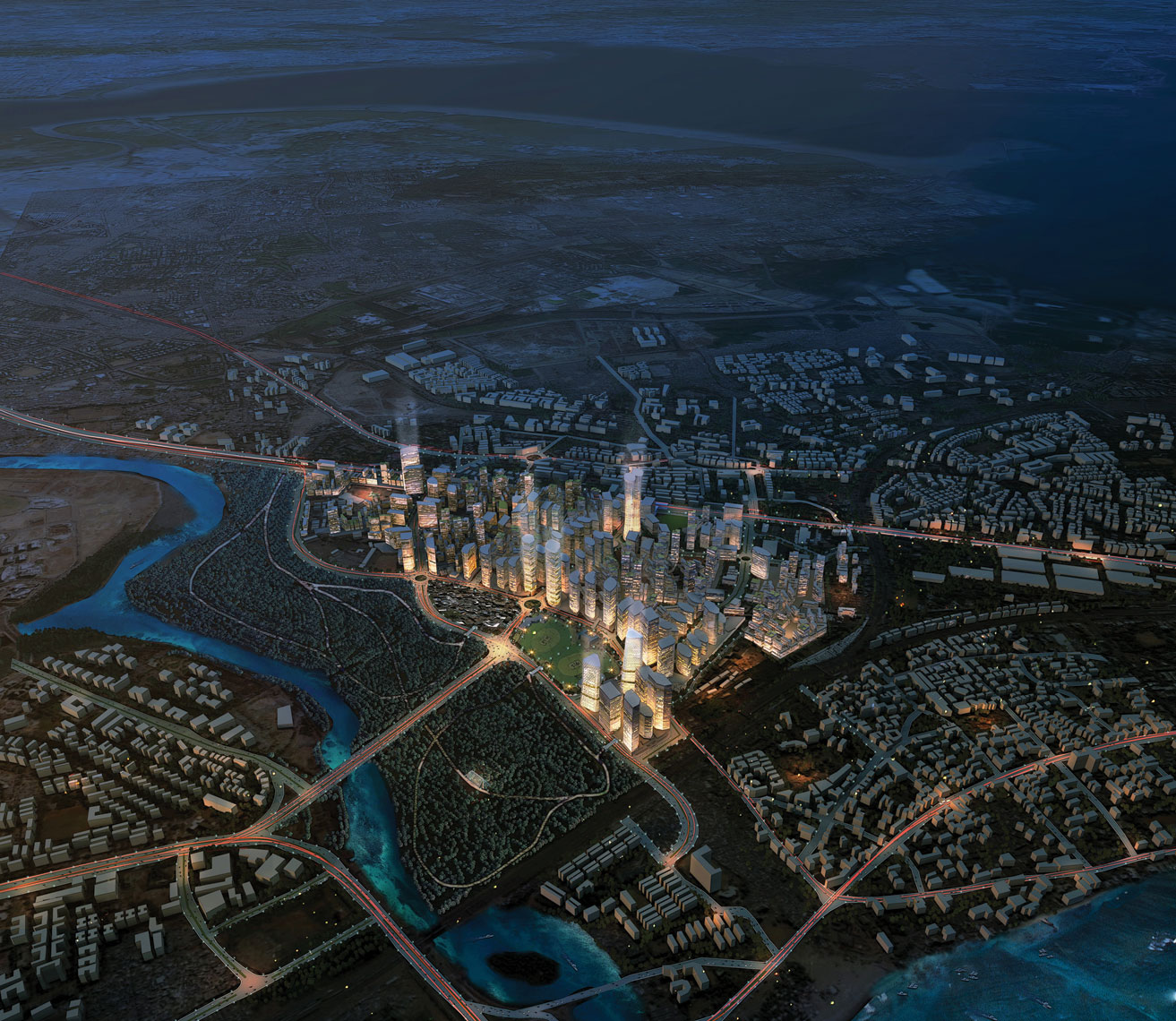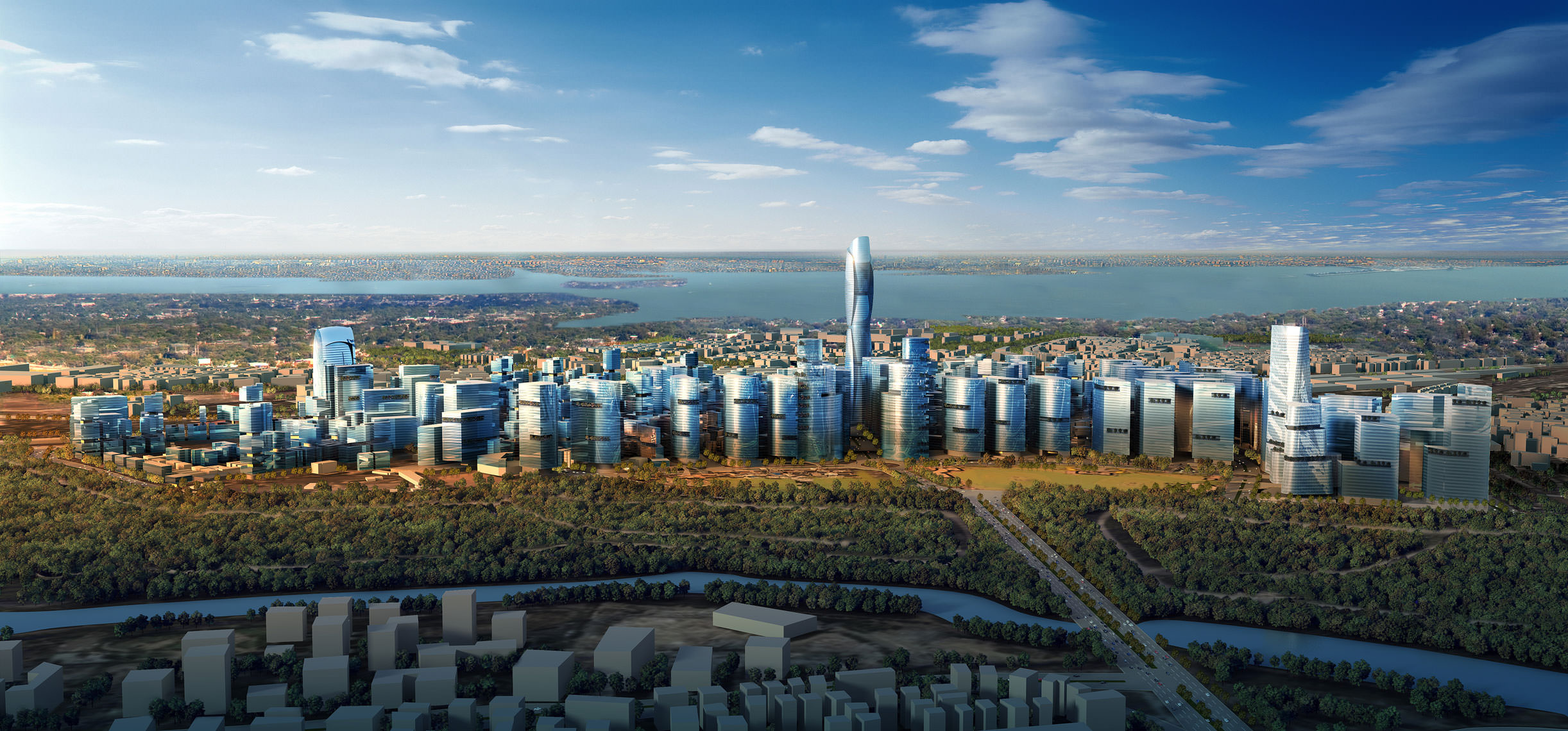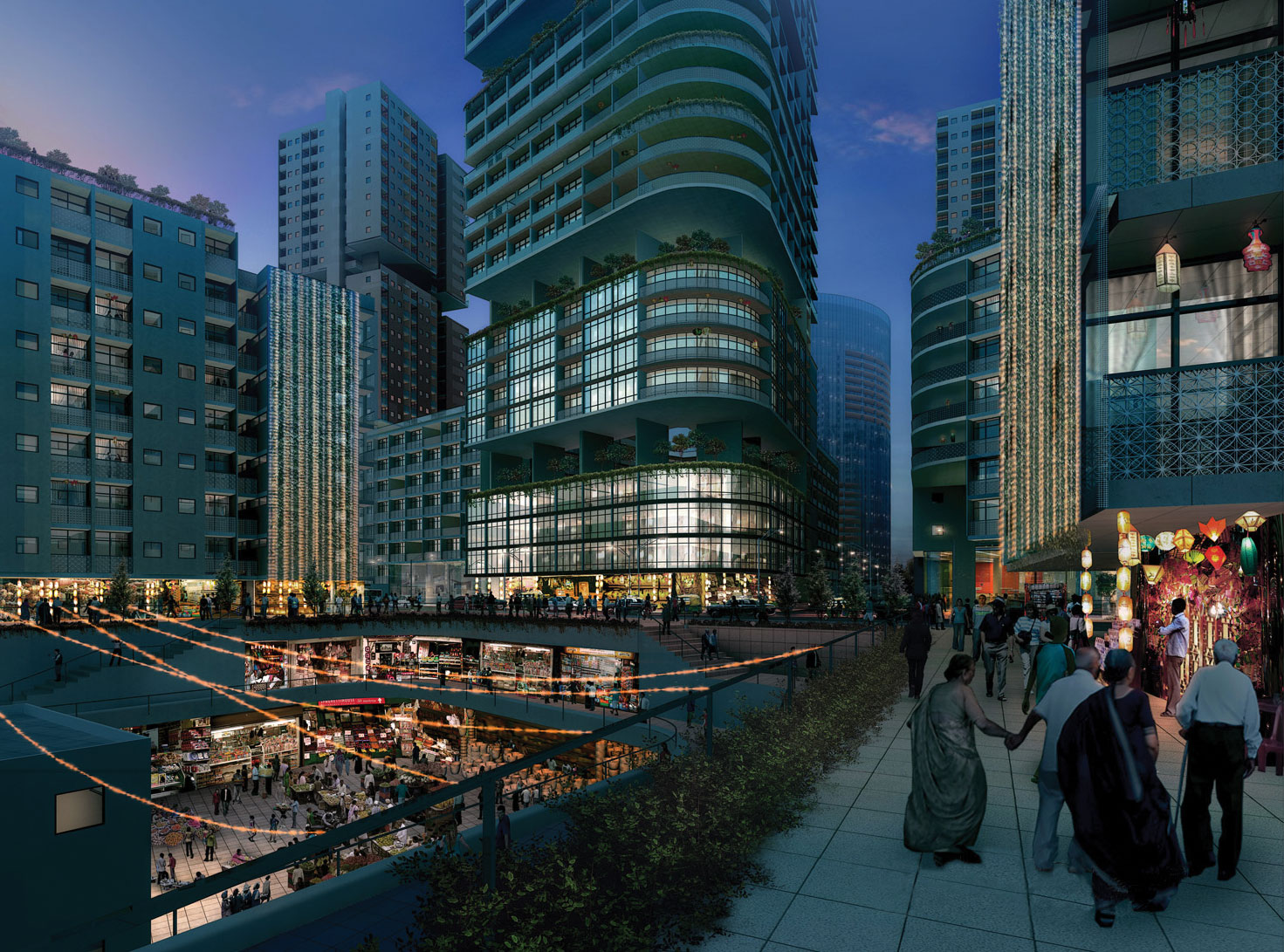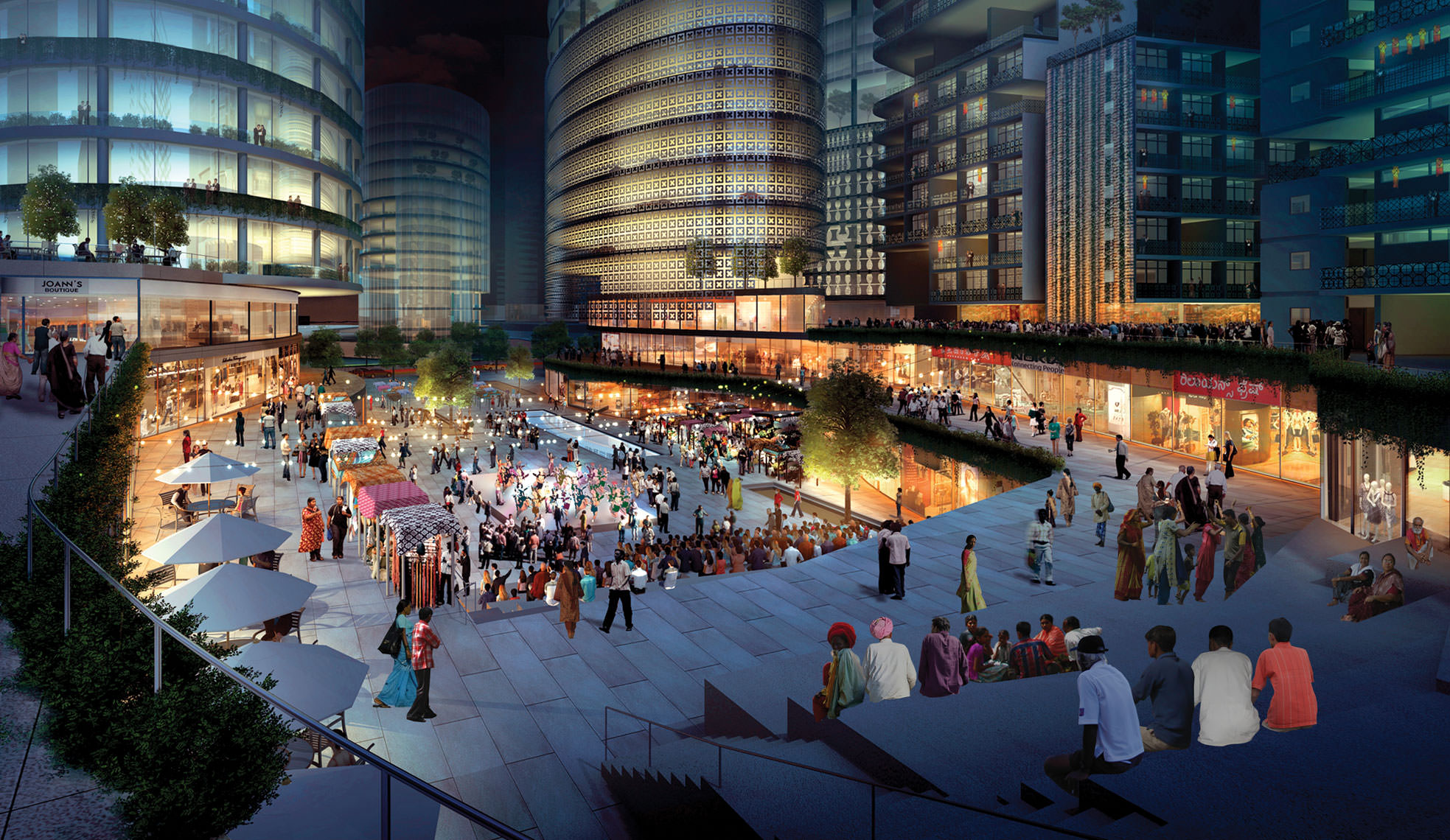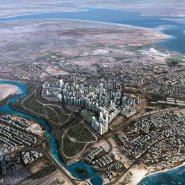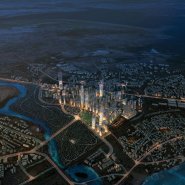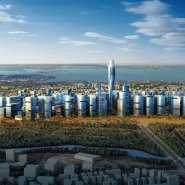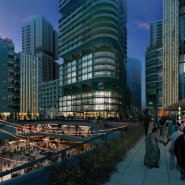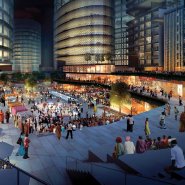The Mumbai Master Plan embodies the sustainable design principles of AS+GG by incorporating climatically responsive passive design strategies in conjunction with active clean infrastructure systems to realize a hyper-efficient urban design solution.
The new master plan for the region of Mumbai known as Dharavi is dependent on symbiotic relationships between the commercial sector and the residential sector, sharing infrastructure, architectural design solutions and social/economic dynamics.
Dharavi’s rich cultural heritage as well as its robust economy are a direct result of its critical concentration of unique communities. The primary goal of redeveloping the tenement fabric of Dharavi is to reinforce these strong communal relationships through creative and efficient architectural solutions. A sensitive re-imagination of tenement housing will result in an enhanced community, one whose infrastructural needs are satisfied and whose communal relationships are reinforced and celebrated. Although the redevelopment of Dharavi necessarily requires an architectural solution, the potential impacts of this redevelopment go far beyond the simple shelter these buildings will provide. For both tenement and commercial buildings, the architecture has been cast as an active participant in the long term economic and ecological health and prosperity of the site.
In addition to providing housing, the tenement architecture will filter stormwater, generate food, and create community space via an extensive network of interconnected rooftop gardens. These buildings will enable groups of families to reside in close proximity to one another, thus supporting existing economic, social, religious and political relationships within Dharavi’s resident population.
In addition to providing market rate office and retail space, commercial buildings will actively work to generate clean power and will be responsively shaped to maximise the effectiveness of natural ventilation strategies throughout the site.
The massing of the commercial building sectors has been tuned to direct cool winds through neighboring residential sectors while preventing strong gusts via integral wind turbine systems that serve to generate power for the offices.
Residential buildings are designed to incorporate water harvesting green roofs that dually serve as urban farms, generating additional revenue and providing visual amenity for the development. Hidden from view is a complex distributed waste-to-power system which provides a substantial portion of the district’s power and an enhanced aquifer recharge system.
These buildings will be designed to reinforce strategic relationships, both visually and physically, to adjacent commercial and tenement buildings. Furthermore, each building type will respond specifically to its use, maximizing internal efficiencies in order to provide rich and humane environments for people to live and work.
